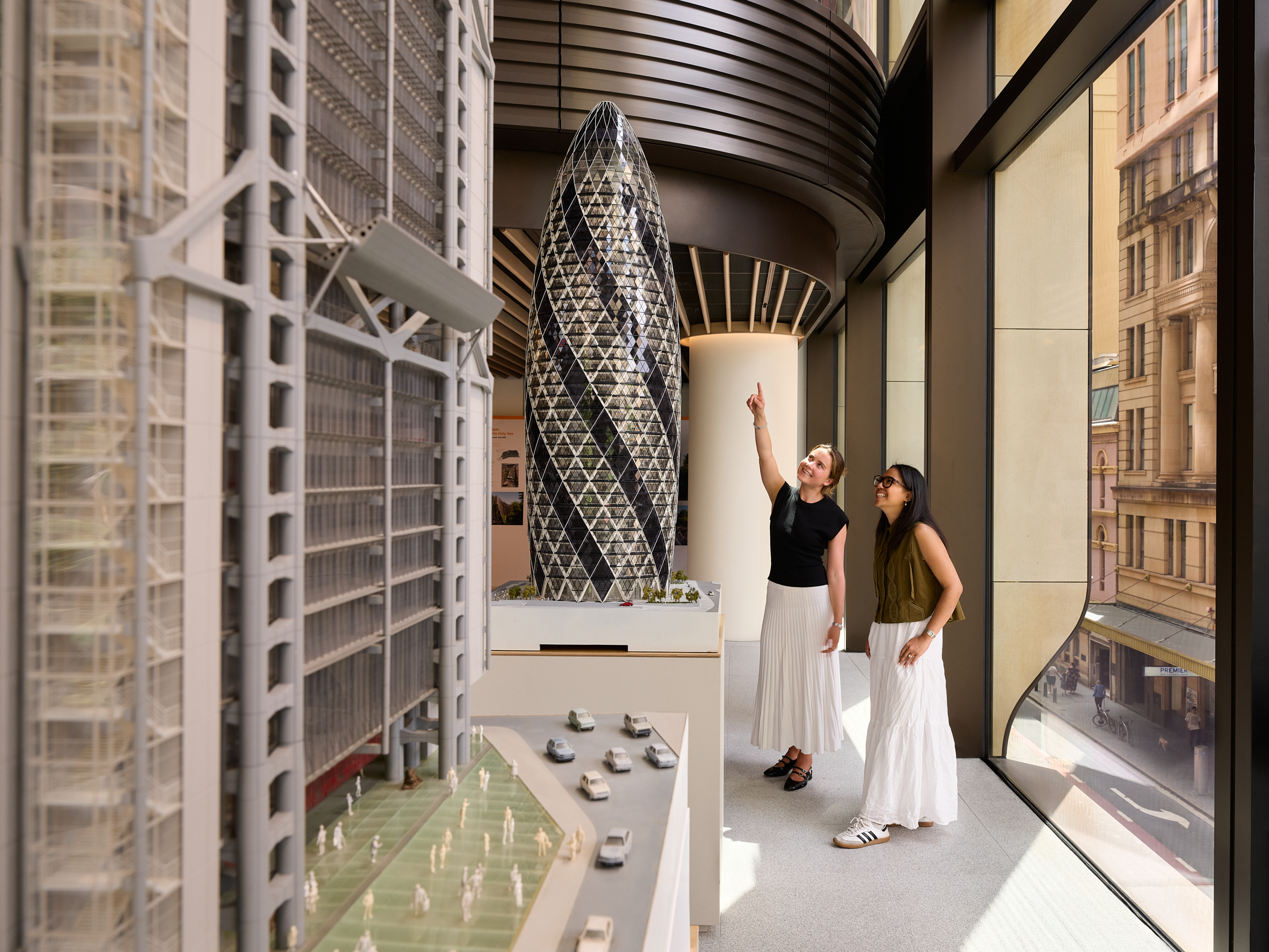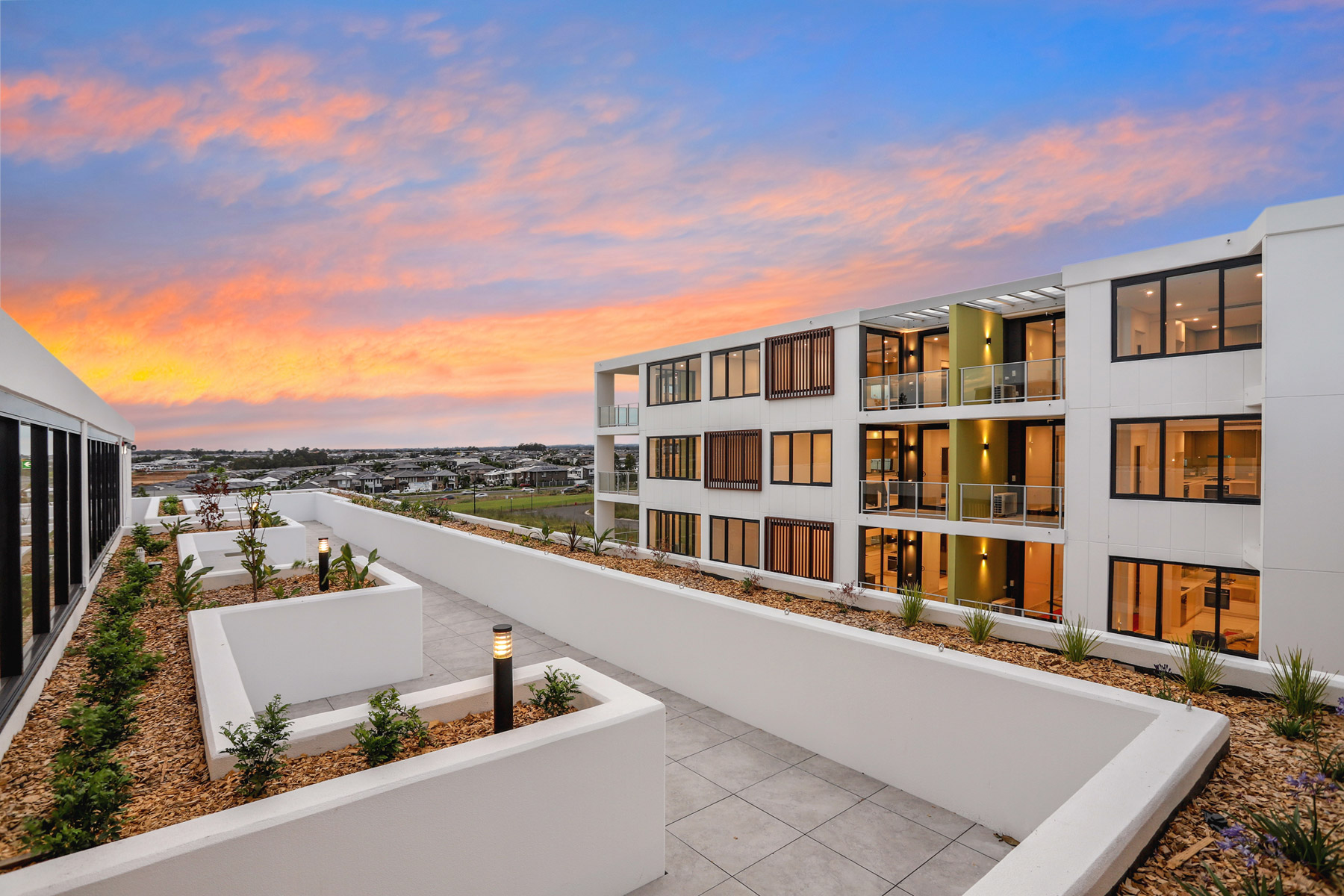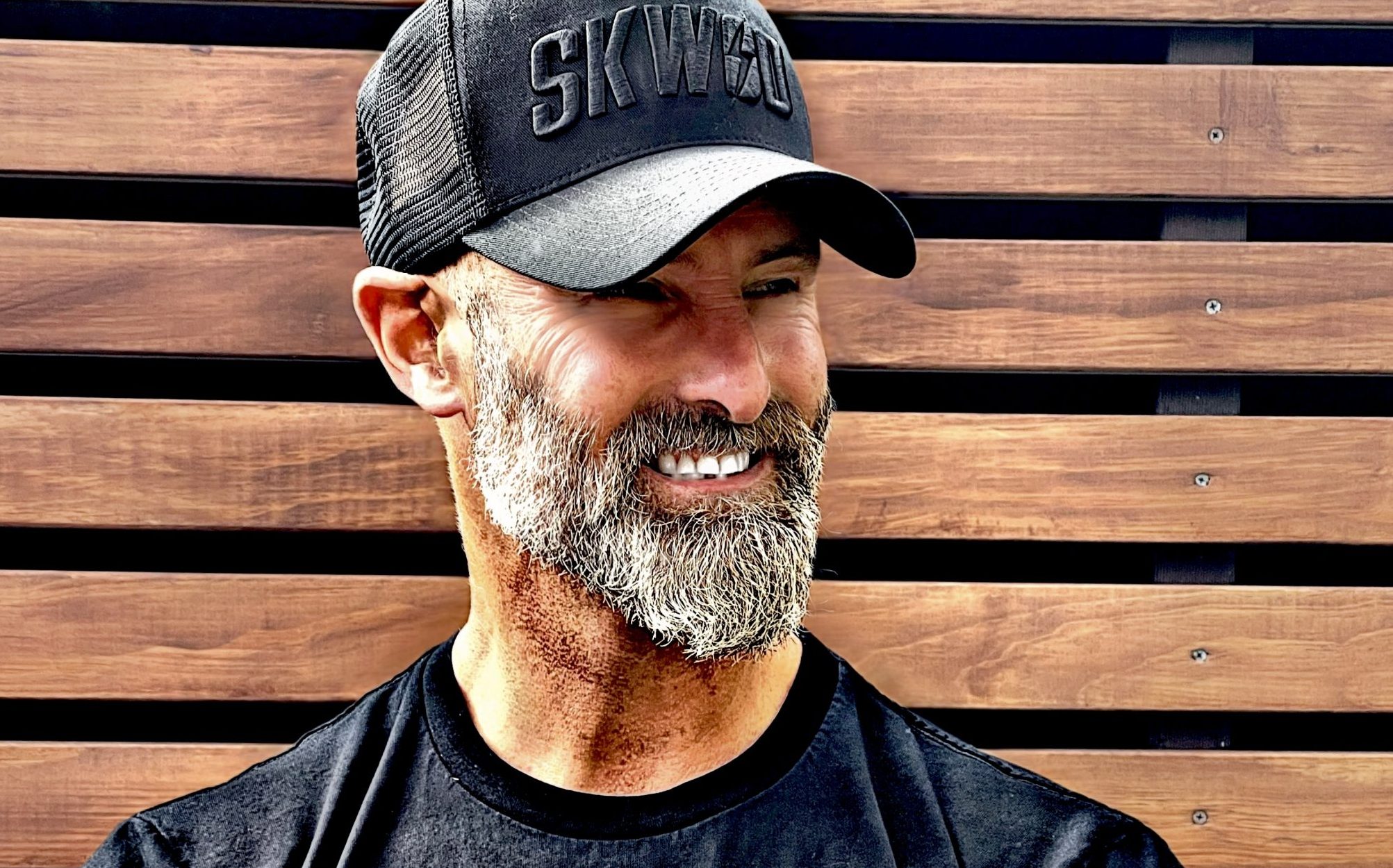The Rise of Robotic Mowing: Husqvarna Marks 30 Years of Innovation
Husqvarna is celebrating 30 years of robotic mowing in 2025, marking three decades since the company launched its first autonomous lawn mower. What began as an ambitious idea in 1995 has since evolved into a global industry, with robotic mowers now maintaining everything from suburban backyards to large-scale public spaces.
The company’s first model, the Solar Mower, was an early foray into automated lawn care, using solar power to operate independently. Today, Husqvarna has developed a fleet of 31 robotic mowers designed for both residential and commercial use, reflecting the growing demand for autonomous solutions in outdoor maintenance.
In Australia, the uptake of robotic mowers has been steady, with early adopters seeing the potential for these machines to simplify lawn care. Pru Stever, owner of Paull’s Richmond Mowers, was among the first to recognise the shift in consumer demand.
“Around 2007, we noticed customers becoming more interested in automated solutions,” she said. “It was clear that robotic mowers were going to become an important part of the industry, and we adapted accordingly.”
John Hickleton, founder of Mowers Galore, saw the scale of robotic mower adoption during a 2017 study tour in Europe.
“Looking out the train window in Sweden, I saw these mowers in almost every backyard. They were being used in public parks, along nature strips, and even at Denmark’s Tivoli Gardens. It showed just how advanced other countries were in adopting this technology,” he said.
While robotic mowing has been widely accepted in Europe, Australian homeowners and businesses have taken longer to integrate the technology into their maintenance routines. However, the trend is shifting, driven by the convenience and environmental benefits of battery-powered automation.
Over the past three decades, Husqvarna has continued to refine its technology, introducing models with GPS-assisted navigation, app connectivity, and all-wheel-drive capabilities for challenging terrains. More recently, the launch of the CEORA system has expanded the technology’s application to commercial turf management, covering areas up to 75,000 square meters.
Despite initial scepticism, the company’s long-term investment in robotics has positioned it as a leader in automated lawn care. Former Husqvarna CEO Henric Andersson previously reflected on the company’s willingness to take risks in developing new technologies.
“Courage is important, but so is the ability to commit to an idea long enough to see it succeed,” he said.
As Husqvarna marks its 30-year milestone, the role of robotic mowing in outdoor maintenance continues to grow. With increasing concerns around sustainability and efficiency, the industry is expected to expand further, reshaping how lawns and public spaces are managed in Australia and beyond.
Records keep falling in 2025 as harbourfront, beachfront and blue-chip estates crowd the top of the market.
A divide has opened in the tech job market between those with artificial-intelligence skills and everyone else.
Only 25 of the most intricate Rolls-Royce Phantoms ever made will celebrate the nameplate’s 100-year legacy.
BMW has unveiled the Neue Klasse in Munich, marking its biggest investment to date and a new era of electrification, digitalisation and sustainable design.
Ophora Tallawong has launched its final release of quality apartments priced under $700,000.



















